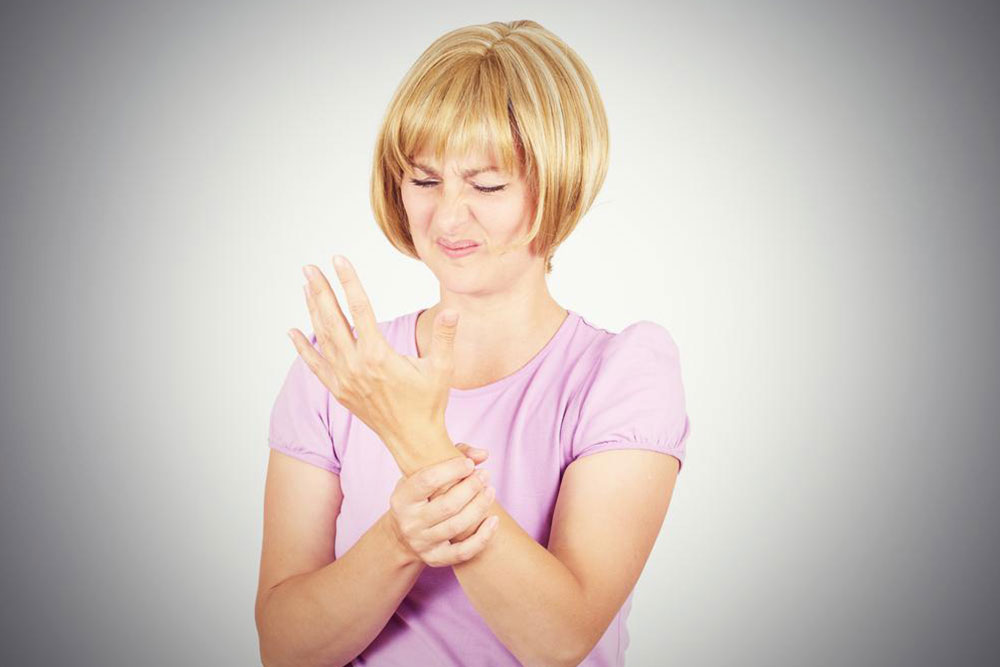What is diabetic neuropathy?

Diabetic neuropathy is by far the common neuropathy and it is a peripheral neuropathy. High blood sugar levels, especially if remains for long periods and poorly controlled, damages the linings of the small blood vessels that supply blood to the hands, feet, and the vital organs of the body like heart and the eye. In diabetics, retinal neuropathy and blindness caused is very common. Neuropathies per se have no treatment and it is the root cause that is to be identified and treated. In diabetic neuropathy, it is the diabetics that is treated and controlled. The neuropathy does not help matters any. With the loss of sensation in the extremities, they become highly prone to injuries and infections. High blood sugar levels, delay healing of the wound, opening up opportunities for recurrent infections. This vicious cycle ultimately leads to amputations of part of the limbs like digits or the whole limb in extreme cases. Generally, when the sensation is lost in the limbs protective gears like specially designed footwear or gloves are fitted to protect them from injury.
During the treatment of diabetes patients tested and monitored for development of neuropathy. The skin of the patient is closely checked for dryness, cracks and other blemishes. Pulses are also checked as a matter routine. Irregularities are investigated. The sensation of the body, especially extremities, are checked. A vibrating fork is kept at different places and the sensitivity ascertained. The reflexes are also checked. If any indication of neuropathy is observed further investigations are carried out. Some of the advanced tests like nerve Conduction Studies are done. Special electrodes are placed on the skin over the nerve being investigated. A second electrode is placed a specified distance away from the first. Then a small electric impulse is passed down from the first electrode. A sensation like small shocks will be felt. The farther placed electrode picks up these impulses and the speed at which the impulses were conducted by the nerve is determined. If the patient has developed neuropathy the speed would be found lowered. If further testing is required a skin biopsy is done. This is a newer technique. In this skin over the area of the nerve is scrapped and is subjected to a microscopic examination. The density of peripheral nerve fiber is determined. In case if peripheral neuropathy is developed, the nerve density will be less. This test can be used to monitor the progress of peripheral neuropathy closely.



